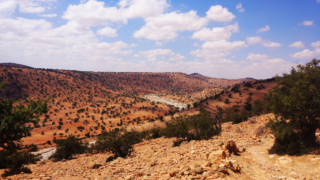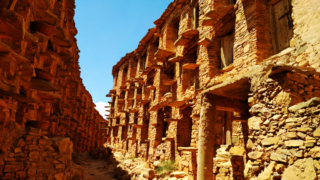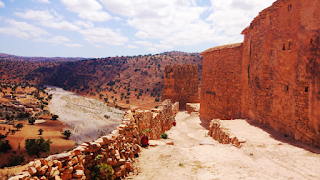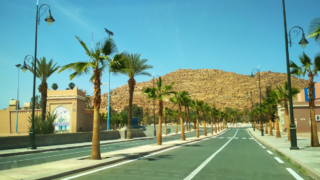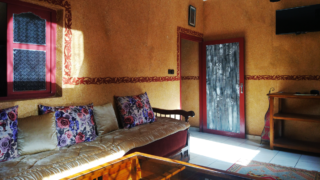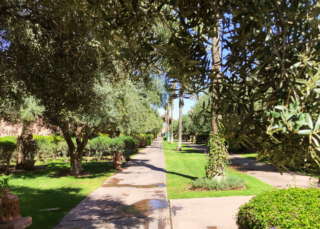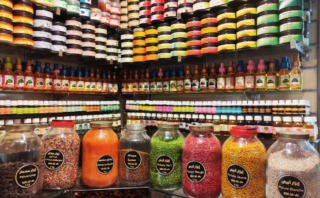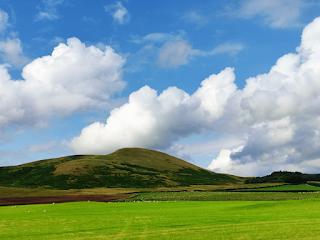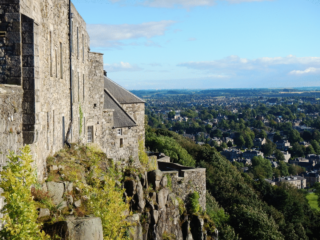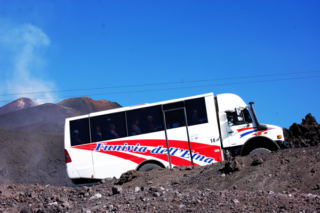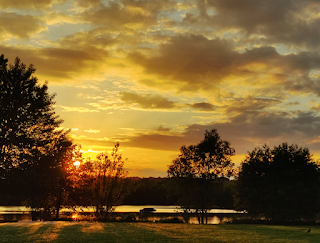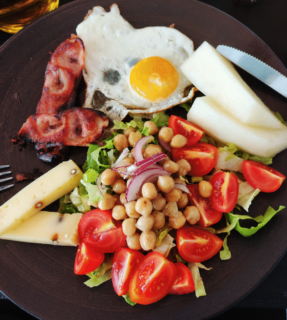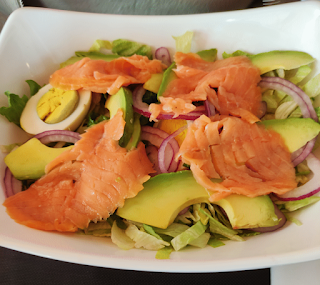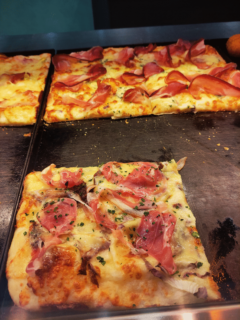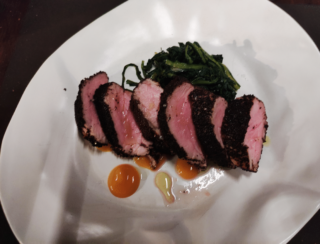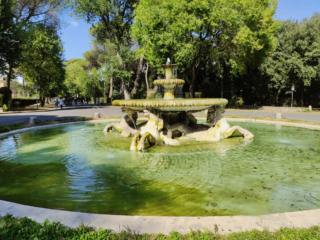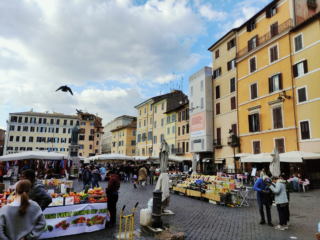If we talk about national dishes, Lithuanian cepelinai and sakotis are obvious representatives of Lithuanian cuisine. I wrote about the Lithuanian dessert sakotis before, so in this post more about their main dish – Lithuanian dumplings cepelinai.
Every time I have a chance to stay in Lithuania for a few days, I try to include Lithuanian dumplings cepelinai in one of my meals at least once. So what are Lithuanian dumplings cepelinai? They are large-sized dumplings made from potato dough, which have a shape similar to an airship or zeppelin. The honour of the inventor of the airship goes to the inventor Count Ferdinand von Zeppelin. Zeppelins (cepelinai) as a food were already known before the invention of the airship, and before that they were called didžkukuliai (something like grand dumplings) in Lithuanian. It is said that this dish originated in Germany, but was originally made without filling.
Potato dough is made by mixing fresh grated potatoes with mashed boiled potatoes. The length of ready-made dumpling is usually between 10 and 20 centimetres. When Lithuanian dumplings cepelinai are placed on a plate, they are poured with a separately prepared fatty fried meat (fresh or smoked) sauce and soured cream. As an option, fried meat may be immediately prepared as a cream sauce. I personally like it better when the cream is separate.
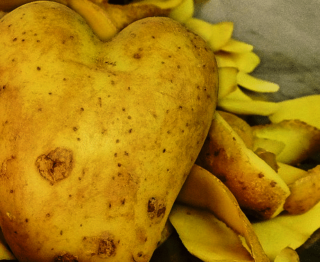
The most popular type of the dish is cepelinai with meat, although they may often be filled with cottage cheese as well as with mushrooms (kind of vegan version). There will not be a complete recipe below here, as there are many of them widely available on the Internet. I will try to describe the most important things about the preparation process what should be taken into account in order for cepelinai to turn out well. It should also be taken into account that the cooking process is time-consuming and you all the time have to keep an eye on what is happening.
Ingredients
A serving for one person usually consists of two cepelinai, the quantity given here is what is needed for approximately two servings.
- 8 potatoes
- 250 grams of minced pork for the filling
- 150 grams of smoked bacon (can also be fresh) for the sauce
- 1 onion
- 1 teaspoon of potato starch
- a tablespoon of salt
- ground black pepper
Preparation
And here it is – the cooking process and technology are the most important things for cepelinai to appear and taste as they should be. Here are the most important things to keep in mind.
Three potatoes are boiled, then mashed into porridge. Grate the rest of the potatoes on a fine grater, the potato mass must also have fibres.
When the juice is squeezed out of the grated potato mass, it should be left in a separate container for the starch to settle. After that, the starch will need to be added to the potato dough when the grated fresh potatoes are mixed with the boiled and mashed ones. The starch mentioned above as ingredients should be added to the water in which cepelinai will be boiled.
When the juice is squeezed out of the grated potatoes and the boiled potatoes are kneaded into a uniform mass, they are placed in a container, the starch separated from the juice is added and kneaded into a dough.
Half of the onion is for the filling (with minced meat) and the other half for the sauce. Finely chopped onion, salt, pepper are mixed together with the minced meat. Divide the potato dough and the mix of the minced meat into four equal parts.
The potato mash is made into a scone, something like a thick potato pancake, into which minced meat is then placed. The process is somewhat similar to making dumplings, just the size is something much larger.
When the water is boiled in the pot, add salt and dissolve dry potato starch in the water. The formed cepelinai are carefully placed one by one in the hot water when it starts to boil again. After a while, they will rise to the top and from then on you have to cook them on low heat for about 20 minutes.
From time to time cepelinai need to be rotated, but this should be done carefully so as not to damage them. Take cepelinai out of the pot with a large spoon when they are ready.
While cepelinai are boiling, prepare the sauce – fry the meat what is cut into pieces with finely chopped onions.
Presentation
When Lithuanian dumplings cepelinai are placed on the plate, pour the sauce over them and put a spoon or two of soured cream on the plate. You can also add some greenery – more for the look rather than for the taste.

